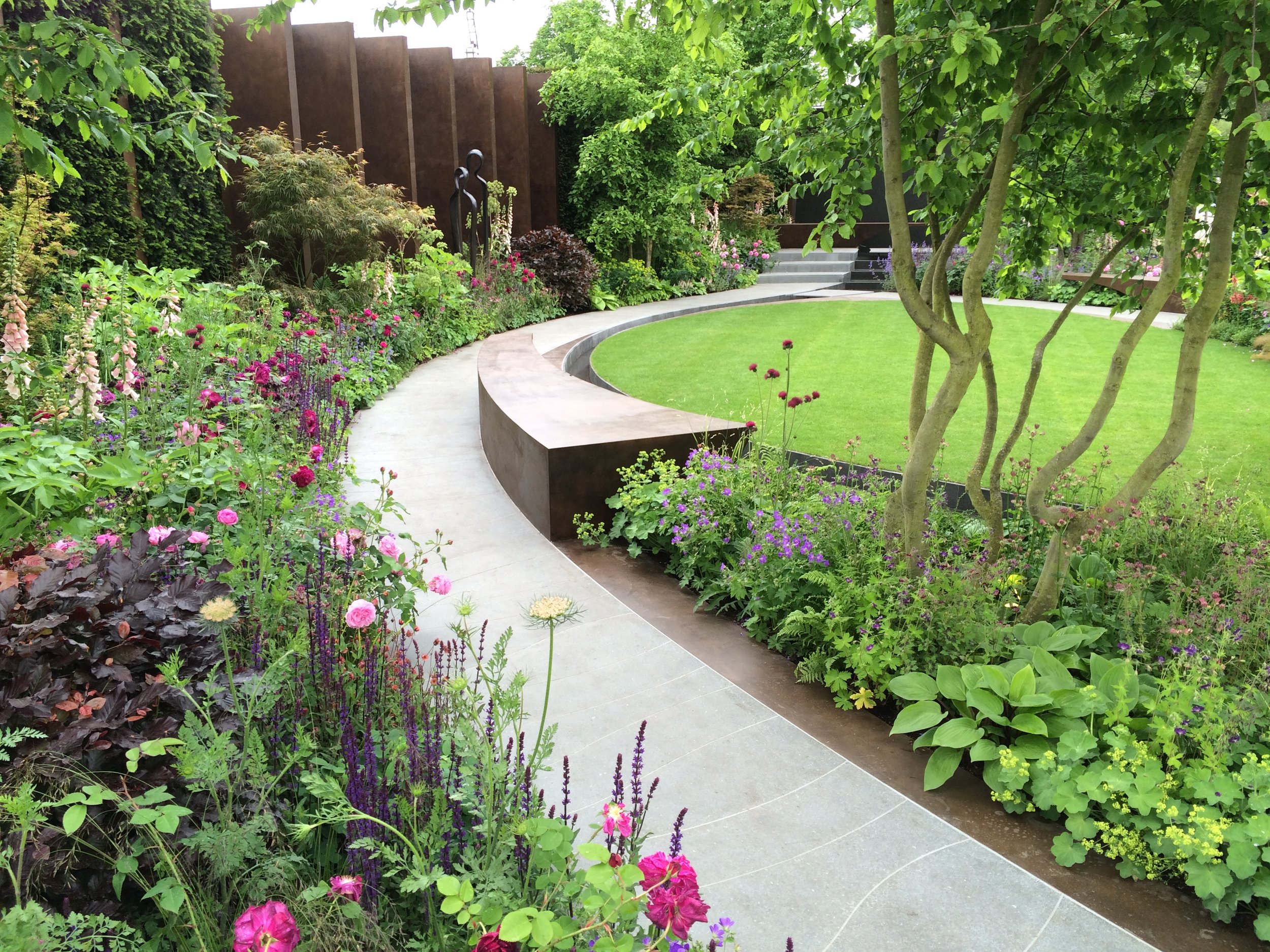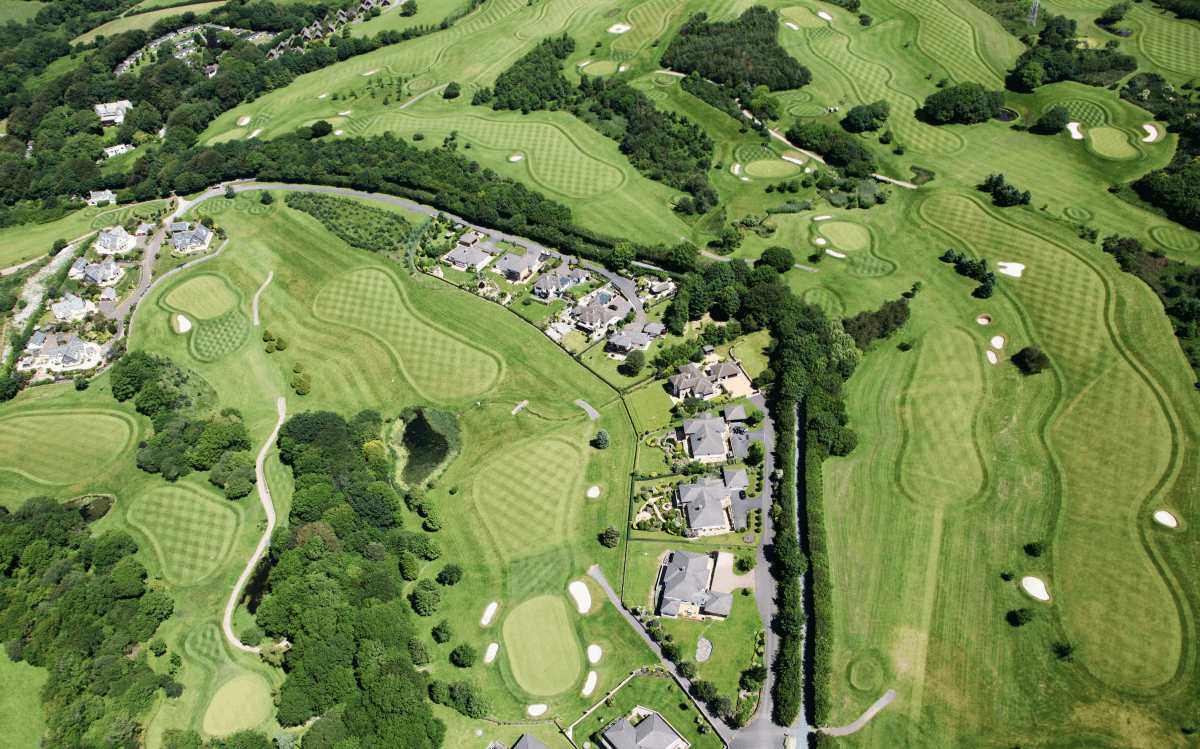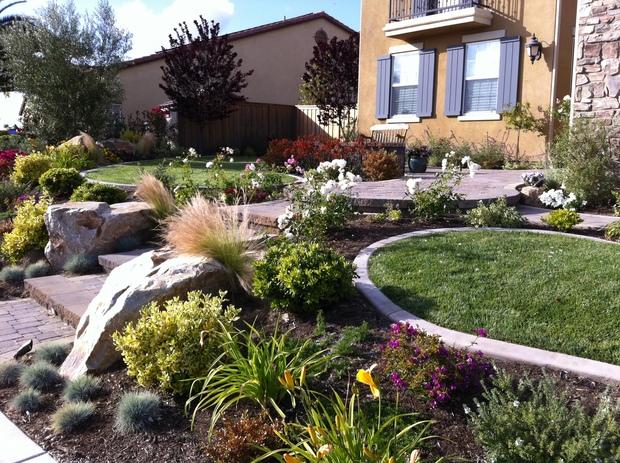The 8-Second Trick For Landscapers
The 8-Second Trick For Landscapers
Blog Article
The Best Strategy To Use For Landscapers
Table of ContentsHow Landscapers can Save You Time, Stress, and Money.Unknown Facts About LandscapersAll About LandscapersThe Facts About Landscapers RevealedWhat Does Landscapers Do?Some Ideas on Landscapers You Need To Know
- A garden function where water is represented by an aggregate rock product, typically a gravel or granite. These are most typically discovered in modern and Japanese garden style.- A rock or natural flagstone patio area, path, or walkway built without a concrete base. The base would be compacted crushed rock and the joints would be an accumulation or walkable ground cover. - A stone maintaining or free standing wall surface constructed without using mortar. A highly experienced mason is needed for a completely dry pile stone wall. Most walls in Rose city are moist stacked, also if they show up to be. - A below ground framework that accumulate water and allows it to reduce percolate right into the dirt around it.
Landscape layout that is compatible with a websites' setting in both appearance and sustainability without adverse impacts to the setting. Bordering in the landscape is a line of demarcation that creates visual passion in the garden by dividing one section from one more segment. This can be visual or practical, maintaining one element (such as pea crushed rock) from obtaining blended into another (like bark dirt).
Locations can additionally have a sensation of "room" provided by trees, other plantings, fences, or screens. The landscape near the access to a building.
Landscapers Can Be Fun For Everyone

The element in a landscape design or area in a landscape that is meant to be most famous. The focal point can be a plant, stone, sculpture, collecting room, or various other landscape attribute.

Top Guidelines Of Landscapers
Reduced plants that are permitted or urged to spread over an area. Can refer to any "hard" yard aspects including statuary or stones however the majority of commonly is utilized to refer to courses, outdoor patios, and walls - Landscapers.: Elevation difference in between the degree of water in a fish pond (or the degree of the pump if it sits outside the fish pond) and the upper electrical outlet link of water which affects efficiency of the water pump in gph (gallons per hour).
A chemical utilized to manage weeds. Fence boards that run horizontally, frequently utilized in modern-day or Japanese-inspired landscape designs. Lines that specify rooms within a landscape concept. These commonly extend from edges or key features of an existing framework. Appropriate usage of fictional lines can aid the landscape really feel linked to the home and various other aspects.
Traditional PNW landscapes are informal. A plant that spreads even more than desired, or into habitats where it does damages.
A Biased View of Landscapers
Can include head positionings and coverage, pipeline sizing, GPM specs, and materials needed to mount this system. Accredited specialist who makes landscapes, coached in design and architecture as well as in gardening.
Landscape developers usually have much less schooling than Landscape Architects and are this contact form not certified. A completed landscape layout, describing all elements for the brand-new landscape.
Calcium product utilized to raise the pH in soil, which will certainly make it less hospitable to moss (Landscapers). A water limited HDPE material used below ponds, streams and waterfalls in water features. Utilizing several growings of the exact same selection to fill up in an area in the landscape. This can decrease upkeep and water usage in the yard.
A mix of cement, sand, and water that is made use of in rock masonry for establishing stones and joints. A layer of compost or bark dust applied at the base of a plant. A mass growing of moss. A plant that existed in a geographic place prior to people began changing the landscape.
Landscapers Fundamentals Explained
How the yard or a garden element is organized in partnership to an existing or brand-new feature or to an instructions. Grasses that are not cut yet grown in landscapes as perennials.

Plants that give seasonal interest and after that pass away back in the winter months. Cold season turf that is the most typical lawn yard in Portland, OR and the remainder of the PNW.An open roofed framework over a patio or various other landscape function.
Basalt aggregate varying in dimension from 1/4" to dust. One of the most usual landscape gravel in the PNW. Location of the landscape designed to manage water until it can soak into the ground. A chain that manages water as it travels from a roofing system seamless gutter to the ground. Yard structure that produces a planting area that is contained and greater than the surrounding quality.
Developing a yard attribute consisting largely of rocks with visite site plantings that enhance and can flourish in the rocky environment. Sprinkler head design that revolves a stream of water across a location.
5 Simple Techniques For Landscapers

Report this page